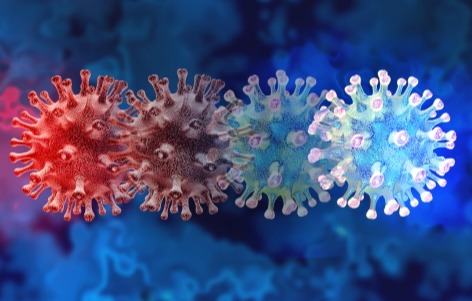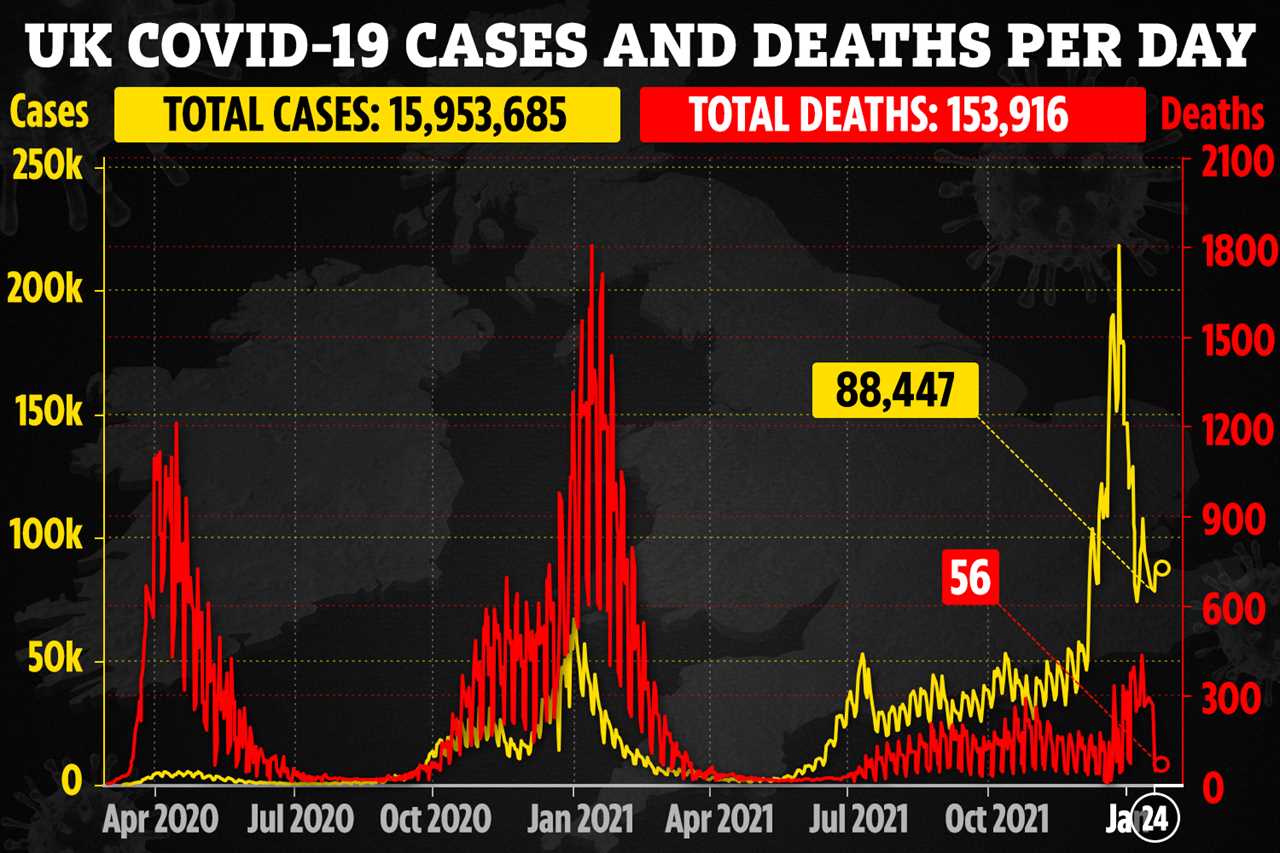OMICRON now has four strains circulating around the world, the World Health Organisation has warned.
The mutant variant has developed a number of separate lineages since emerging late last year.

This is not a surprise, it is a common pattern for virus strains – with Delta having split into more than 200 sub-variants before Omicron overtook it.
Most of the strains are so similar to the original they make no extra impact on severity or immunity.
Covid booster jabs protect against Omicron and offer the best chance to get through the pandemic, health officials have repeatedly said.
The first known version of Omicron is B.1.1.529 – which is what was dubbed a variant of concern by WHO.
This then developed into two strains, with BA.1 becoming super transmissible, spreading to 171 countries and causing a row back on freedoms in many places.
Now, BA.2 and BA.3 have been logged as new sub-variants in the Omicron family.
They have many of the same mutations as Omicron – with current case rates very low, especially for BA.3.
There have been 426 cases of BA.2 found in England since December 6, with London top of the table with 146.
But a string of positive studies show Omicron is milder than other strains – with vaccines thought to still be effective against BA.2 – a variant under investigation in the UK.
A WHO report from January 21 said: “While the BA.1 lineage has previously been the most dominant, recent trends from India, South Africa, the United Kingdom, and Denmark suggest that BA.2 is increasing in proportion.
“Drivers of transmission and other properties of BA.2 are under investigation but remain unclear to date.”
The latest data from UKHSA found it appears to be able to spread faster than original Omicron, but more research is needed to be certain – with it now officially a variant under investigation.

Follow our Covid live blog for all the latest updates
Experts have said there is little to be concerned about at the moment, and crucially, there is no evidence of it being any more severe.
Prof Francois Balloux, Professor of Computational Systems Biology and Director, UCL Genetics Institute, UCL, said: “Viruses tend to evolve fairly fast with different strains constantly acquiring mutations over time. SARS-CoV-2 is no exception to this pattern, with each lineage acquiring two mutations a month on average.”
“BA.1 and BA.2 are about 20 mutations apart. Only a minority of the 20 mutations distinguishing BA.1 from BA.2 fall within regions of the genome important for antibody immune recognition.
“As such, it is anticipated that infection by either sub-lineage should provide robust immunity against the other one, as well as against itself.
“There is no evidence so far that BA.1 and BA.2 are different in respect of immune escape, virulence or the age profile they preferentially infect.
“Based on all the current evidence available, changes in the relative frequency of the BA.1 and BA.2 Omicron sub-lineages do not warrant the imposition of any pandemic restriction or the lifting of existing ones.”

The sub-variant was spotted in South Africa, Australia and Canada – initially found in a South African man who had travelled from Gauteng, a hotbed in the Omicron outbreak.
However the latest data shows it has actually been seen in many countries since November and is nowhere near to outcompeting Omicron.
Health and Social Care Secretary, Sajid Javid, said: “We are learning to live with this virus – and thanks to our world-leading surveillance system we can rapidly detect and carefully monitor any genetic changes to Covid-19.
“As we cautiously return to Plan A, I encourage you to give yourself and your loved ones the best protection possible and Get Boosted Now.”
Studies from Denmark, where the sub-variant makes up half of all Omicron cases, shows no difference in hospitalisation risk.
It doesn’t seem to cause a more serious illness than original Omicron – which is more cold-like for most people, especially the vaccinated.
Health officials in Denmark, who have seen the most cases of BA.2 so far, say Covid vaccines are thought to still be as effective.






